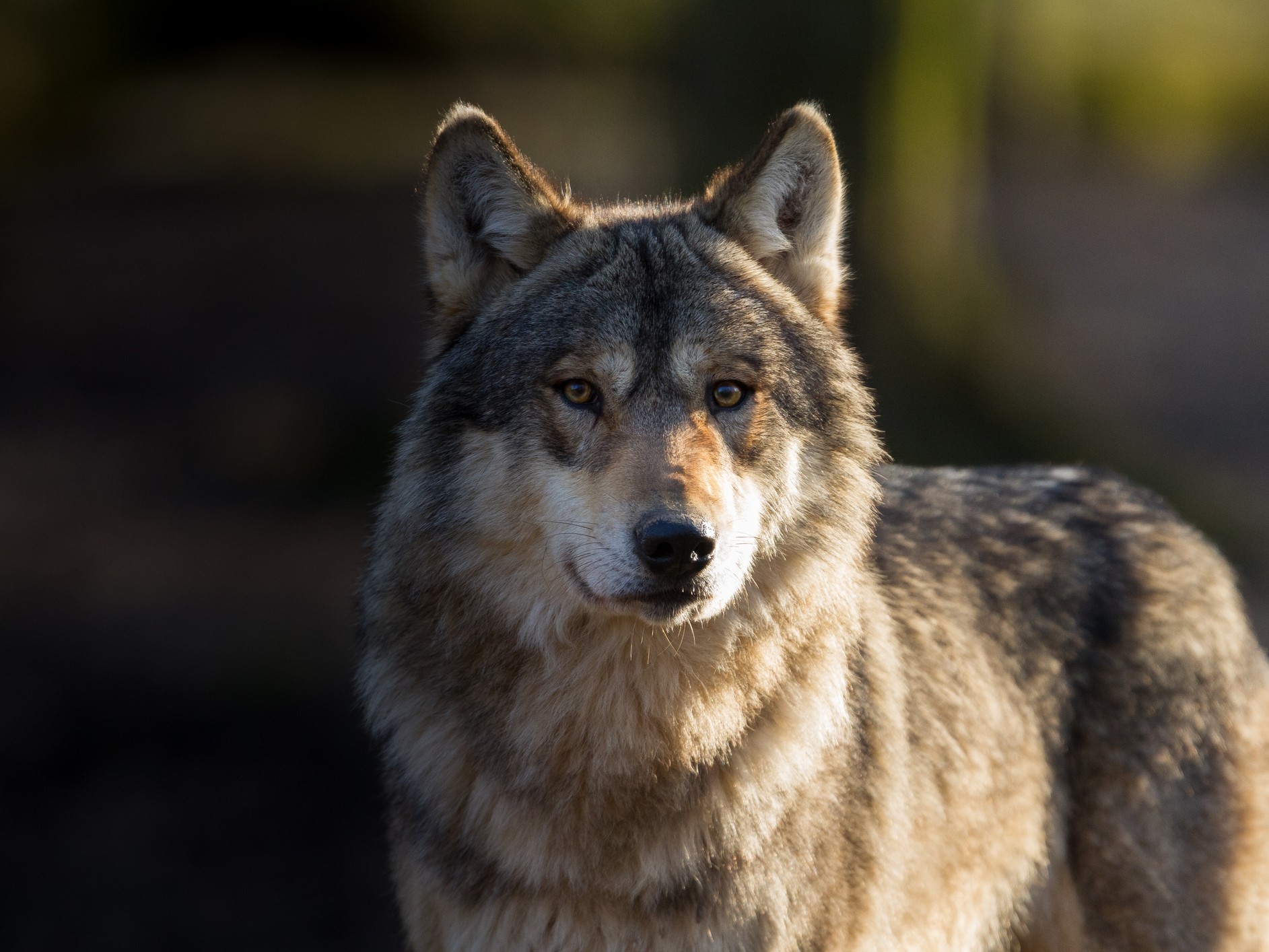Photo by AB Photography
The wolf population on Isle Royale has made a dramatic recovery in recent years, rebounding from near extinction to an estimated 30 wolves organized into four distinct packs. While biologists consider this a success story of ecological restoration, park officials are now facing new challenges as some wolves have become habituated to human food sources.
Wolves in Campgrounds
Throughout June and July, Isle Royale National Park managers documented troubling behavior from at least two wolves that repeatedly obtained food from visitors. The wolves were seen dragging away backpacks and food storage bags from multiple campgrounds and showing signs of reliance on human food.
Despite proactive measures such as aversive conditioning, waste management improvements, and strict food storage rules, the wolves continued to display boldness around campsites and even staff housing areas.
Lethal Removal of a Wolf
In August, the situation escalated to the point that park staff took lethal action. After consultation with state, federal, and tribal agencies, one wolf was killed due to public safety concerns.
“Our priority remains the safety of park visitors and staff, and the protection of wildlife in their natural state, including our objective to maintain a wild wolf population,” said Isle Royale Superintendent Denice Swanke. “While lethal removal is deeply unfortunate, it became necessary due to a growing public safety risk. All who appreciate and enjoy Isle Royale National Park need to understand the importance of adherence and vigilance to food storage regulations and our collective role in minimizing negative human-wildlife interactions.”
Officials say they will continue to monitor wolf-human interactions and remove additional wolves only if absolutely necessary.
Food Storage Rules and Deterrents
The latest conflict comes a year after the park implemented new food storage regulations. On July 13, 2024, officials rolled out guidelines requiring visitors to secure food and trash in designated shelters, bear-proof containers, or by hanging food at least ten feet high.
Additional measures included electric fencing around dumpsters, increased hazing efforts to discourage wolves from approaching developed areas, and new signage warning visitors of the dangers of feeding wildlife.
“Wolves are an integral part of the park ecosystem, and it is critical that we manage our presence responsibly,” Swanke said when announcing the new rules last year. “Our goal is to safeguard wildlife while ensuring a safe and enjoyable experience for all.”
From Collapse to Recovery
The current wolf population is considered stabilized, with new pups born and four functioning packs maintaining territories across the island. This marks a striking turnaround after the population dwindled to near extinction due to inbreeding and ecological imbalance.
In 2018, the National Park Service launched a reintroduction program that brought 19 wolves from Minnesota, Michigan’s Upper Peninsula, and Ontario to Isle Royale. The program aimed to restore predator-prey balance with the island’s moose population and prevent genetic collapse.
Seven years later, the population has rebounded, but the recovery has also brought unintended challenges, as wolves increasingly intersect with the island’s growing number of human visitors.





 8123 Main St Suite 200 Dexter, MI 48130
8123 Main St Suite 200 Dexter, MI 48130

